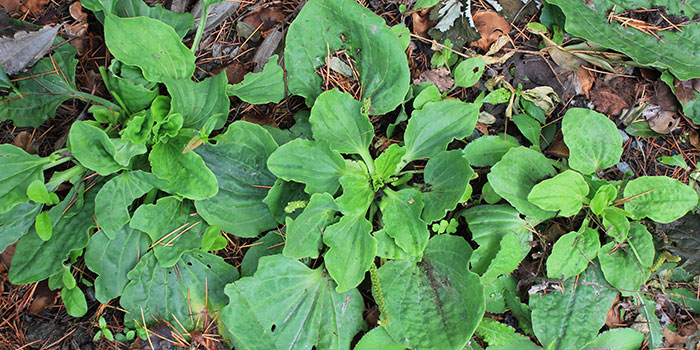Foraged Finds: Safe and Sustainable Foraging
Foraging and gardening go hand in hand. Our gardens are where we nurture the plants we most want to have near us at all times, or that need our care to thrive. Foraging extends our relationships to wild plants already thriving in our local neighborhoods, parks, and natural areas.
Foraging can help connect us with the land we live on, and it can teach us new skills. Combining foraging with gardening is a great way to increase self-reliance even if we have limited gardening space. Even getting to know a few wild plants can have a profound effect on our sense of resilience.
There has never been a better time to start foraging. Foraging can help us empower ourselves and contribute to our communities in the midst of crisis. At the same time, the recent surge in interest means there's more need than ever to forage responsibly. It’s important to only harvest in ways that are safe for us, respectful of the plants and the land, and sustainable for the long-haul.
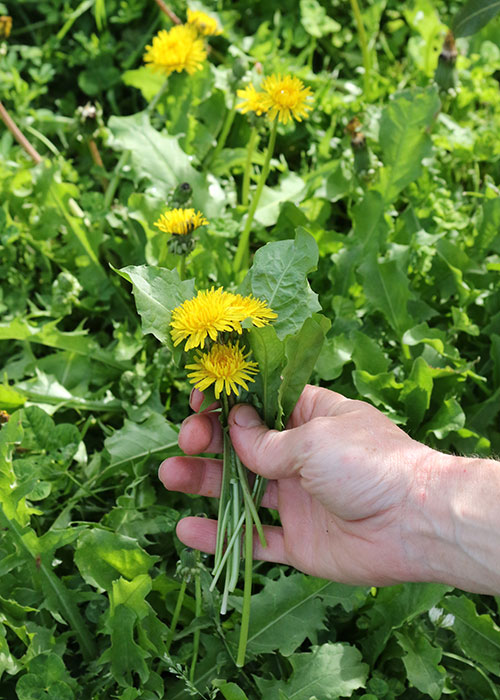
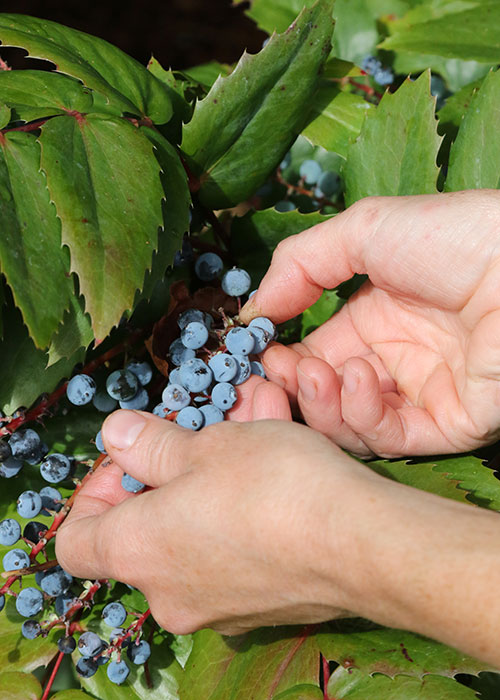
Forage Safely
Make sure you know what you’re harvesting! If you can, learn from experienced local foragers who can show you around in person. If you’re relying on books or online resources for identification, make sure to check several sources. Double-check whether there are any toxic look-alikes that could be mistaken for the plant you’re looking for. Only put plants in or on your body if you are absolutely sure you’ve identified them correctly.
Foragers should also be aware of where they’re harvesting. It’s best not to harvest from areas right by roads, places with very contaminated soils, or places that have been sprayed with pesticides. And study up on possible legal restrictions on foraging in your area.
Forage Sustainably
In her book, Braiding Sweetgrass , Dr. Robin Wall Kimmerer shares what her indigenous elders have taught her about harvesting wild plants: never take more than half, and never take the first plant you see.
For some very abundant plants (also known as “weeds”), we might be able to harvest freely without causing harm. Reducing the population of an invasive edible plant like knotweed might even benefit the ecosystem.
In other cases, a conscientious forager should be even more conservative than Dr. Kimmerer suggests, or refrain from harvesting certain plants at all.
Do No Harm
Be aware of how abundant or rare the plant you want to forage is. Consider whether you may cause harm to the ecosystem by harvesting it. And ask yourself whether you have the appropriate permission and knowledge to harvest it properly.
Especially when harvesting from native plants, non-indigenous people should make sure they are harvesting only in ways that don’t harm native ecosystems or indigenous cultural practices.
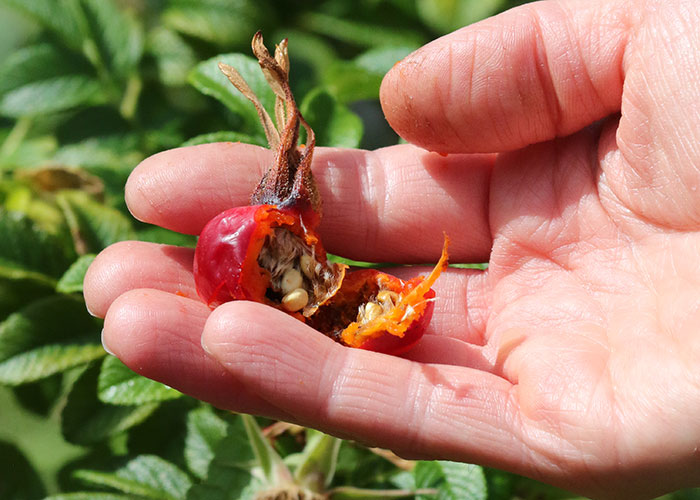
Assess Your Impact
It matters what part of the plant you forage! Consider that harvesting a modest amount of leaves, twigs, flowers, or berries from a well-established and abundant plant causes a relatively small amount of damage. But harvesting roots, large stems, bark from trunks, or whole plants has a much bigger impact.
If you’re not sure whether you can harvest without causing a negative impact, it’s better to err on the side of caution and refrain.
Take it slow. Make it a practice. Instead of harvesting everything you find right away, consider taking photos for later identification. When you have properly identified a plant and researched its cultural and ecological context, harvest only as much as you can realistically use.
Forage Locally
By staying close to home, we can keep our foraging accessible and sustainable. Foraging locally also helps us connect to the landscapes we live in. If you have a backyard, a friend’s backyard, or an apartment building courtyard, those could be excellent places to start. Other places to explore include local greenways, urban trails, parks, and abandoned dirt or gravel alleys. There is so much to be discovered close to home!
There can be thousands of servings of edible greens right outside a city-dweller’s home. At a minimum, most of us have ready access to nutritious and palatable greens like dandelion, plantain, and chickweed
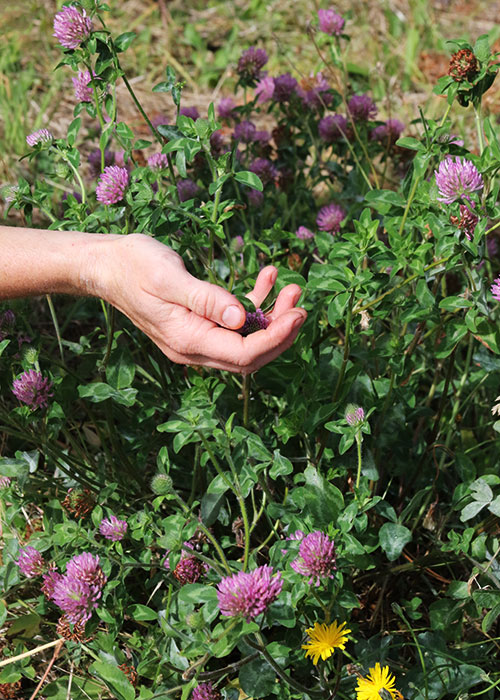
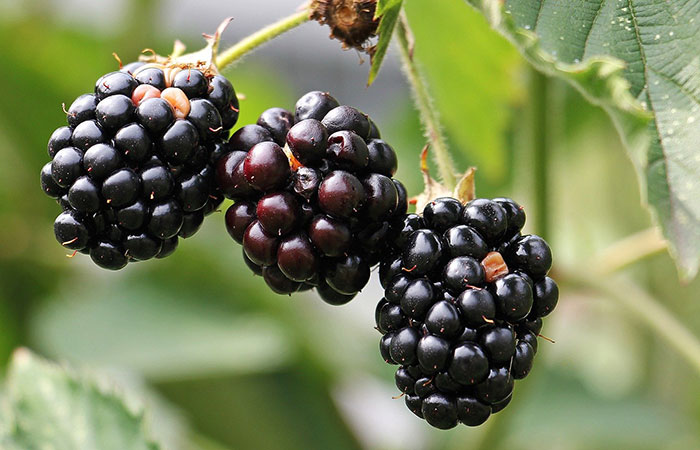
Many Seattle-area neighborhoods have abundant apples, blackberries, hazelnuts, salal, rose hips, Oregon grapes, and more if you know where to look. The Falling Fruit website provides an interactive, open-source map that can help you get started. You could also just set off to explore your neighborhood with treasure-hunting for foragables in mind. You might be surprised at how much food and medicine has been there all along.
Learn as You Go
The internet holds a wealth of resources for beginning foragers. You can find a compiled list of online resources here. Of course, it’s wise to triple-check and cross-reference anything you learn online. There are also fantastic books on urban foraging that can help you get started. Here’s one list to start with. We also carry books on foraging and wild foods here at Sky.
Possibly one of the best ways to learn about foraging is to connect with fellow foragers, whether in person (if at a distance for now) or online. Here in the greater Seattle area, a few resources include the Beacon Food Forest, the Puget Sound Mycological Society, and online communities including the PNW Foraging and Wild Foods Facebook group and the Seattle Area Plant Foragers Meetup group.
Developing deeper relationships with the plants that surround us everyday has a way of drawing people in and turning them into lifelong foragers. If you’re not sure where to start, try choosing one edible or medicinal plant that naturally thrives where you live and learning everything you can about it. Once you take your first steps into this craft, you might find that the plants themselves guide you along.
